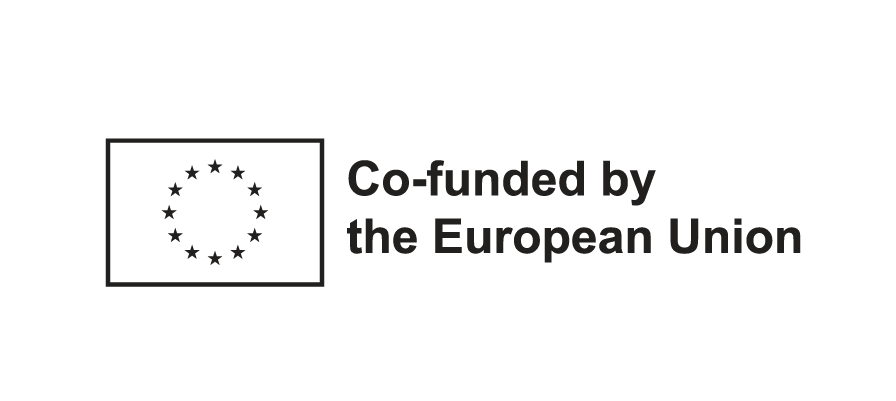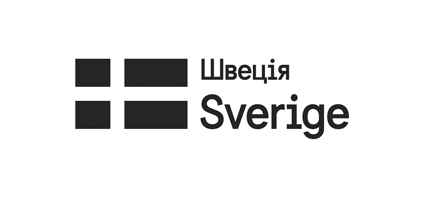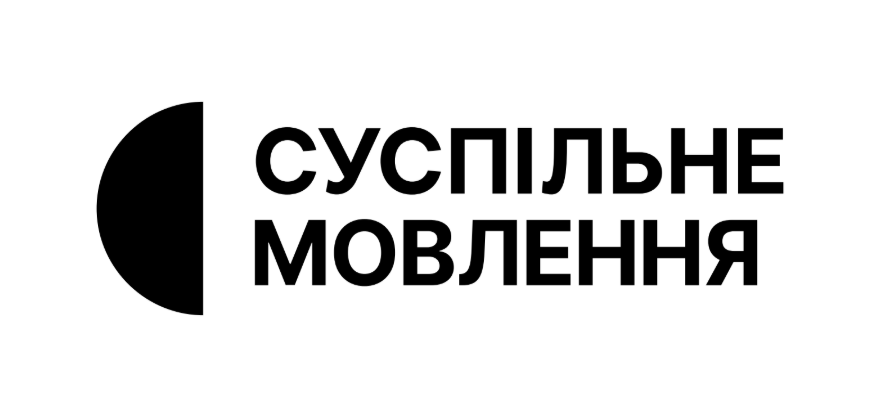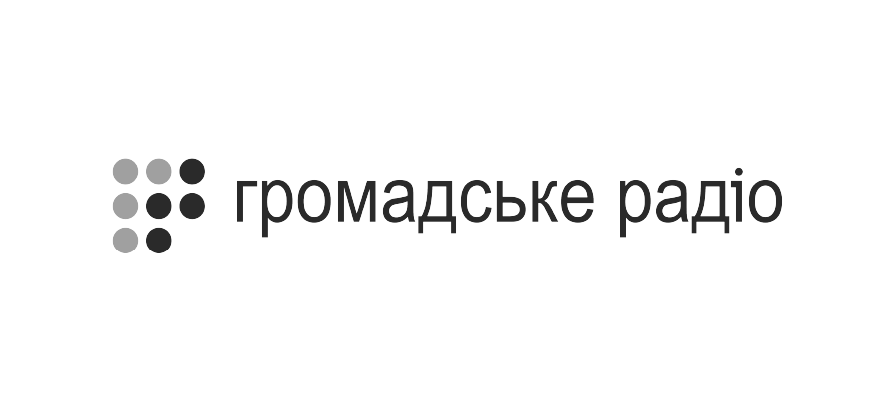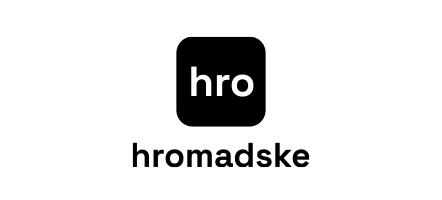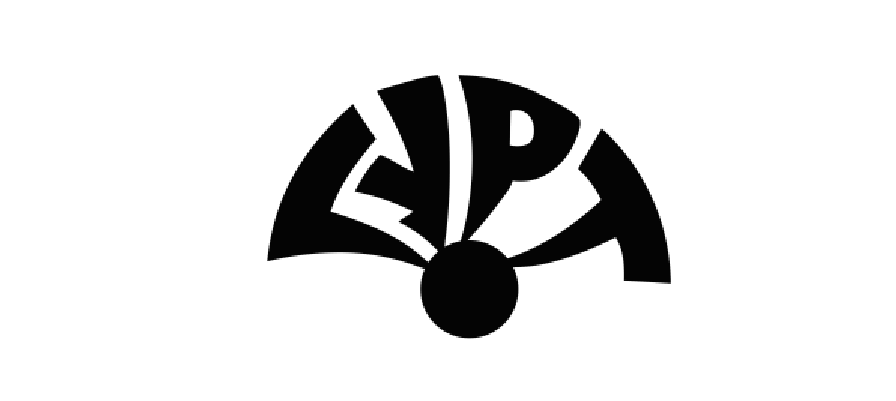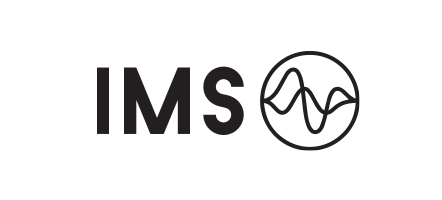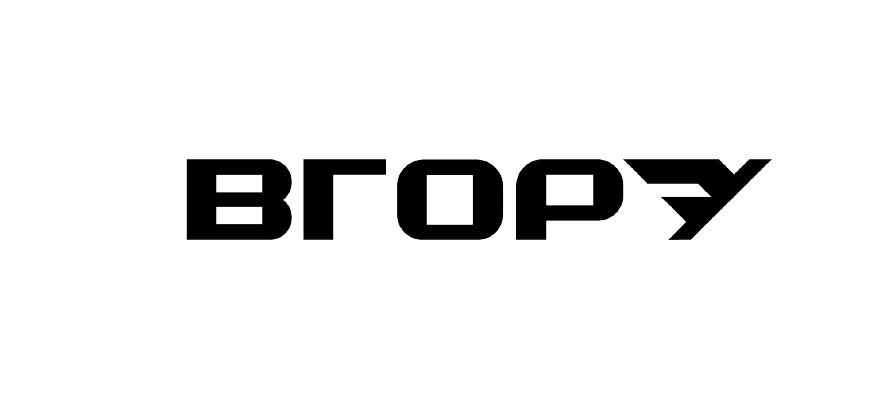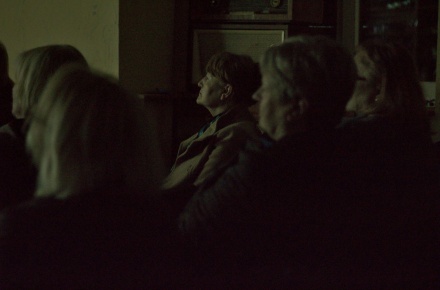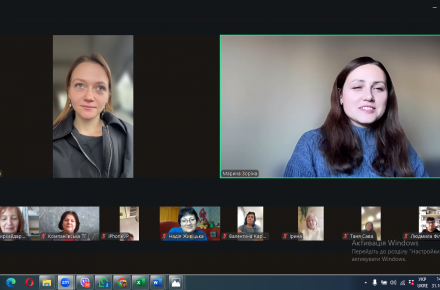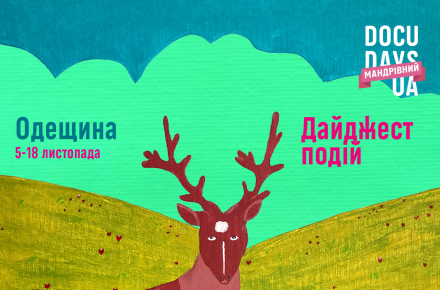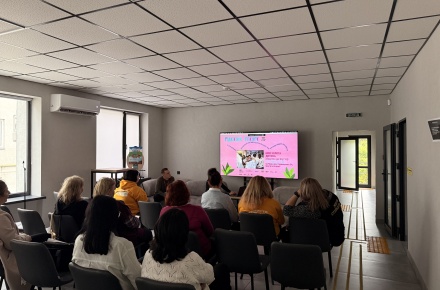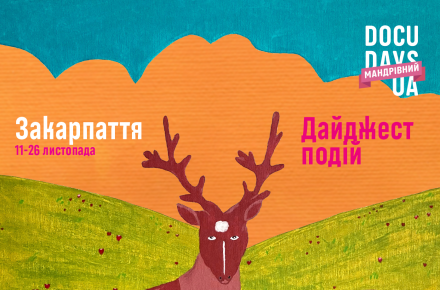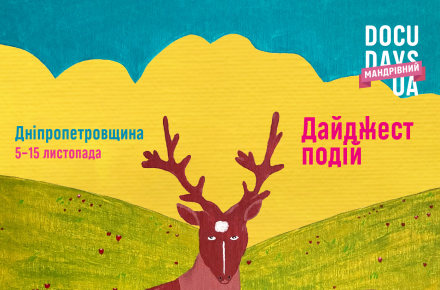The 22nd Travelling Docudays UA has started in Kherson
The 22nd Travelling Docudays UA has started in Kherson
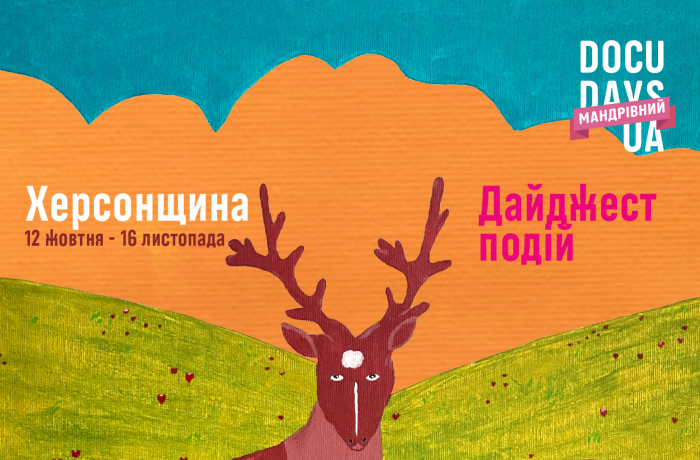
“The greatest resource in Ukraine is people — the most valuable, immeasurable by any money. The people who hold this country, who hold Kherson,” emphasized Alla Tiutiunnyk, head of the Charity Foundation “Mercy and Health” and director of the Strategic Development Department at NGO Docudays, during a press conference marking the festival’s opening.
This year’s Travelling Docudays UA is dedicated to the memory of Tetiana Kulyk, coordinator of the Network Development Department, who passed away suddenly on July 29, 2025. For the festival team, she was a true “rare resource” — a person who connected people across the country.
Photo: Oleksandr Andriushchenko, Media Platform “Vgoru”
Alla Tiutiunnyk reminded that the Docudays UA festival was founded 22 years ago in Kyiv under the name “Ukrainian Context.” Later came the idea to bring documentary films to audiences all over the country — that’s how the Travelling Festival was born.
“Covid, war, lack of funds — yet the festival takes place every year. Because we Ukrainians don’t give up and always find a way,” she noted.
“A Rare Resource” is about people
Nataliya Shatilova, coordinator of the community centers “SVOYE,” added: “‘A Rare Resource’ is really about people. And here in Kherson, we understand this more clearly than ever. Because everything material, unfortunately, is temporary and uncertain.”
Four screenings of five films are planned at the “SVOYE” Center: Fiume o Morte!, My Sexortion Diary, My Sweet Child, How I Spent My Summer Holidays, and Last Song from Kabul.
Opening film: Fiume o Morte!
The opening film of the Travelling Docudays UA in the Kherson region was Fiume o Morte! by Croatian director Igor Bezinović. The screening took place on October 12 at the “SVOYE” Educational Training Center in Kherson.
The film tells the story of Italian poet and war apologist Gabriele D’Annunzio, who in 1919 seized the city of Fiume (now Rijeka, Croatia). The 16-month occupation became one of the strangest political experiments of the 20th century. Through reenactments and archival materials, the director explores the atmosphere of early fascism and how historical memory shapes the present.
The film is considered the most popular Croatian documentary since the country’s independence. It also became the first documentary in Croatian cinema history to be submitted for an Oscar.
After the screening — a lively discussion
The discussion featured Ivan Stychynskyi, PhD and assistant at the Department of Central and Eastern Europe at the Taras Shevchenko National University of Kyiv. He emphasized the importance of material heritage:
“We see how the city has been preserved. We see old buildings, floors, mosaics. This is one of the examples of working with memory. On this basis, we can build a dialogue between the past and the present in our country.”
“The film shows how memory shapes the identity of a city. Once again, I’m convinced that Kherson is not only about struggle. It’s about memory, depth, and the ability to think and create even in the most difficult conditions,” shared Oksana Tokovylo from the Scientific Library of Kherson State Agrarian and Economic University.
Documentary film as a space for conversation
“Igor Bezinović’s film is the director’s reflection on an episode from the history of his native city. He didn’t limit himself to ‘talking heads’ — he invited Rijeka’s residents to reenact the events and reflect on them. This is a great example of how one can work creatively with memory,” said historian and festival expert Yevhen Shatilov. Photo: Oleksandr Andriushchenko, Media Platform “Vgoru”
Photo: Oleksandr Andriushchenko, Media Platform “Vgoru”
“We screen documentaries from all over the world, discuss them with experts, directors, and protagonists, hold important discussions, and talk about Ukraine and society today — about the future and how we can build it. The festival’s main theme is participatory democracy. It’s about involving everyone in decision-making — in communities, teams, and the state. Examples of such participatory democracy are public budgets, civic councils, hearings, and volunteer work,” emphasized Alla Tiutiunnyk.
The Travelling Docudays UA brings people together around dialogue about memory, community, and the value of human life.
The festival will continue until the end of November in 19 regions of Ukraine.
Author: Iryna Bulanenko
The 22nd Travelling Docudays UA is held with the financial support of the European Union, the Embassy of Sweden in Ukraine, and International Media Support. The views, conclusions, or recommendations expressed do not necessarily reflect those of the European Union, the governments, or charitable organizations of these countries. Responsibility for the content of this publication lies solely with its author(s).
